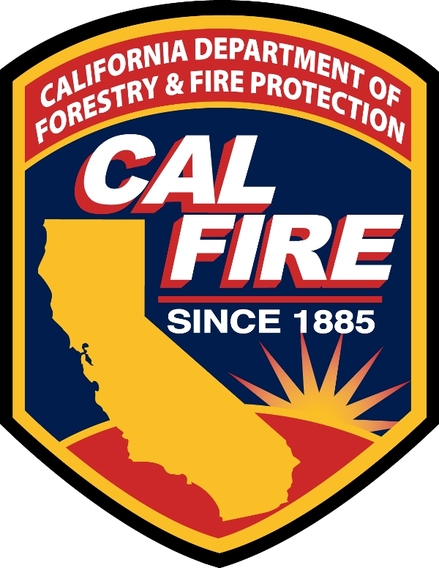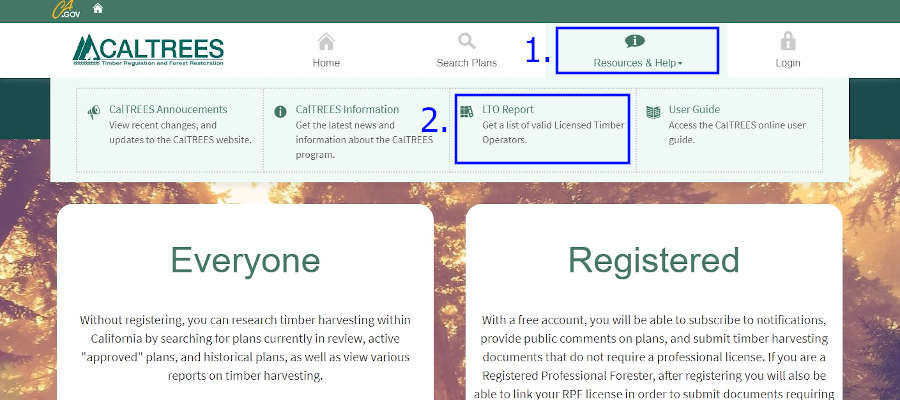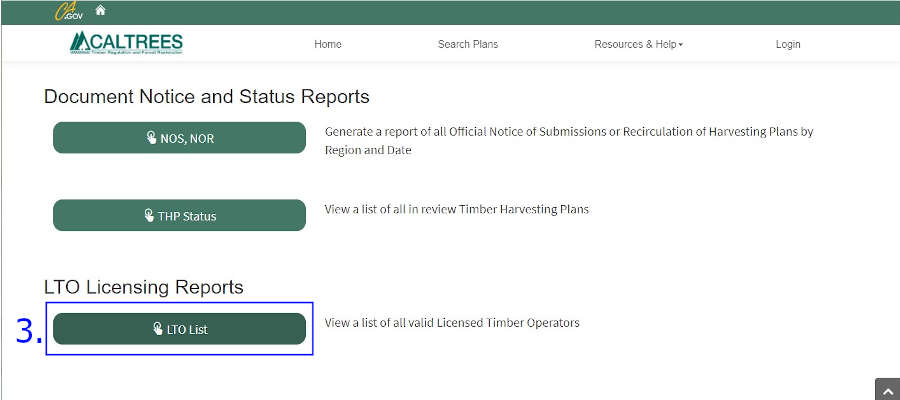

The amount and mix of the equipment depends on the type of logging to be accomplished but includes at least chainsaws for cutting , bucking and limbing (see Lumberjack Language) of trees: a skidder to move the logs from where they’re cut to a loading area (called a landing) and a loader to put the logs onto a log truck. Experience and reputation are also the key ingredients in a successful logging operation. What people think of a logger and his work bears directly on his or her ability to line up logging work season after season.
And then there are the requirements of government. In order to log on private land in California you must hold a STATE ISSUED TIMBER OPERATORS LICENSE (Click the link to visit the CAL Fire LTO page. The state refers to loggers as licensed timber operators). To get this license, first time applicants must attend a two day training session on the Forest Practices laws and regulations given by the California Department Of Forestry and Fire Protection, show proof that they have 3,000 hours of experience in at least two of the jobs involved in logging and show proof that they have a minimum of $1,000,000 in liability insurance coverage. Once you’re licensed you must then have the following operating plans:
- A functioning Illness and Injury Prevention Program (safety plan
- A Hearing Conservation plan for your employees
- A Hazardous Substance Communication Plan if you store and use hazardous substances such as diesel, lubricating oils, hydraulic fluids and similar materials common to logging.
- A Emergency Response Plan in the event you have an emergency such as a fire or spill that involves the hazardous substances you use.
In addition to the operating plans a logger must also carry workers compensation insurance on any employees and of course meet any statutory and regulatory requirements related to the employee compensation, Unemployment Insurance etc.
Successful loggers also have a good understanding of the forest as a whole as well as it’s trees, other vegetation, wildlife, soil, and water components. This understanding is important to the successful carrying out of the prescription prepared by a Registered Professional Forester for each harvest operation. Because logging is very seasonal often providing 5 to 7 months of work each year, the logger must be a skilled manager to remain profitable and keep his equipment at state-of-the- art levels.
Even though logging is always a challenge and requires a lot of hard work it is a very satisfying profession.
To access the official CAL FIRE Licensed Timber Operator (LTO) list, follow the below instructions:

Proceed to https://caltreesplans.resources.ca.gov/caltrees/Default.aspx. Click on “Resources & Help” at the top of the screen and then click on “LTO Report” in the submenu.

On the following page, click the “LTO List” button to see the current list of Licensed Timber Operators (opens in a new tab).
